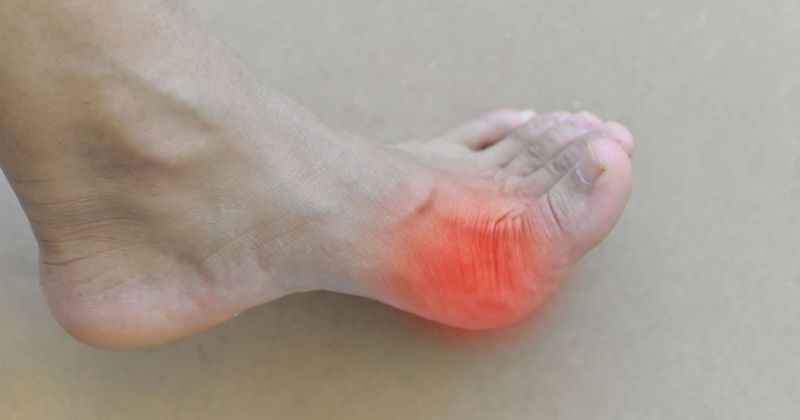Gout clinical practice guidelines disagree on when to start urate lowering therapy
Key takeaways:
- An analysis of six clinical practice guidelines revealed disagreement on when to initiate urate lowering therapy for gout, as well as on the length of urate lowering therapy.
- The guidelines agreed that urate lowering therapy should be used to manage established gout, along with prophylaxis to prevent future flares.
Clinical practice guidelines for gout disagree on when urate lowering therapy should begin and how long it should last, as well as on the use of vitamin C, pegloticase, fenofibrate and losartan, according to data published in BMC Rheumatology.
“Of the rheumatic diseases, gout is the best-understood and potentially most manageable condition, with complete control possible with safe, effective and inexpensive pharmacological treatment when prescribed at the correct dosage and maintained long-term,” Brooke Conley, a PhD candidate at the University of Melbourne, in Australia, and colleagues wrote. “However, gout frequently remains untreated or poorly managed. Inconsistent recommendations across gout [clinical practice guidelines (CPGs)] can result in confusion amongst health care practitioners, potentially contributing to sub-optimal gout management.”

To identify and summarize published clinical practice guidelines regarding the treatment of gout, Conley and colleagues conducted a systematic literature review. The researchers formulated a strategy to use search terms that would result in the discovery of published clinical practice guidelines, then combed through four databases and four guideline repositories for documents published between January 2015 and February 2022.
Guidelines were evaluated for quality using the Appraisal of Guidelines for Research and Evaluation (AGREE) II instrument. Each guideline was appraised by two independent investigators. The main domains that determined guideline scores were rigor of development, editorial independence of the publishers, and stakeholder involvement in the investigation.
In all, six guidelines were appraised as “high quality” and included in the analysis. These were the 2020 American College of Rheumatology guidelines for gout management, the 2017 American College of Physicians clinical practice guidelines for the management of acute and recurrent gout, the 2016 EULAR recommendations for gout management, the 2019 Italian Society of Rheumatology clinical practice guidelines for the diagnosis and management of gout, the 2020 Spanish Society of Rheumatology guidelines for the management of patients with gout, and the British Society for Rheumatology guideline for gout management.
For acute gout management, the included guidelines “consistently recommended education, NSAIDs and colchicine or corticosteroids — unless contraindicated — as well as assessments for cardiovascular risk, renal function and co-morbid conditions, according to the researchers.
Additional consistent recommendations for chronic gout included urate-lowering therapy and continued prophylaxis recommendations based on the needs of individual patients. However, the guidelines disagreed on when urate lowering therapy should begin, as well as on the length of urate lowering therapy, vitamin C intake, and the use of pegloticase, fenofibrate and losartan.
“Recommendations from six CPGs were that acute gout flare management should include anti-inflammatories, education, screening, and rest/elevation of the affected joints,” Conley and colleagues wrote. “Established gout should be managed with ULT and continued prophylaxis to prevent further gout flare and manage tophaceous and erosive gout. CPGs disagreed on when to initiate ULT and length of ULT, vitamin C intake, pegloticase, fenofibrate and losartan. This synthesis of recommendations is relevant to healthcare providers and can be implemented in clinical practice to standardize high-quality care and optimise patient outcomes.”
